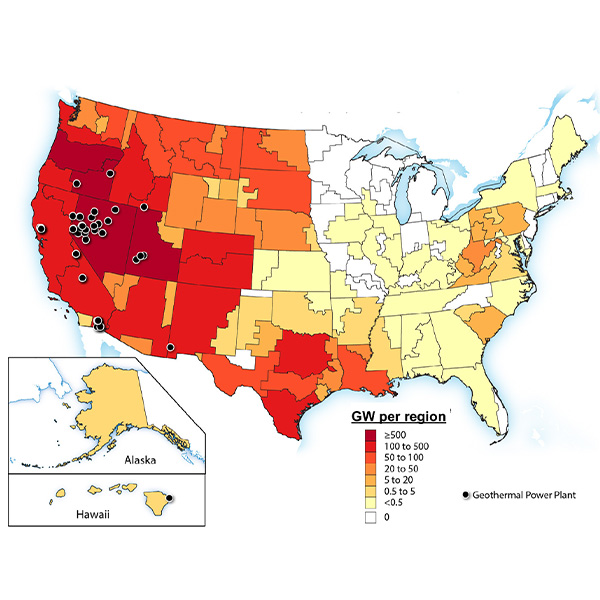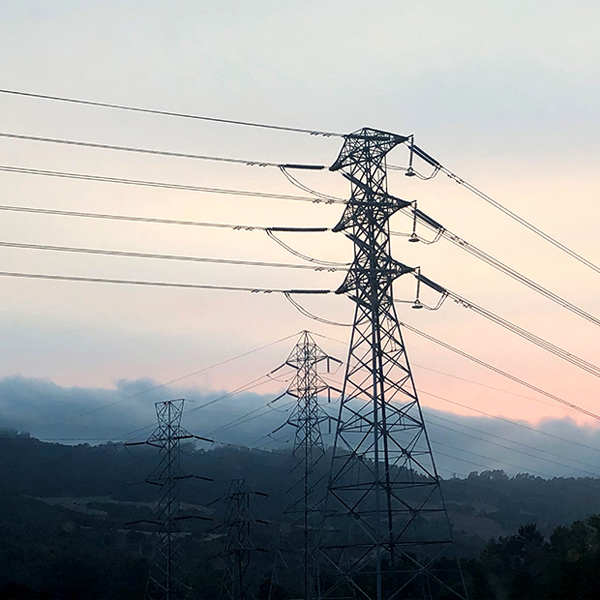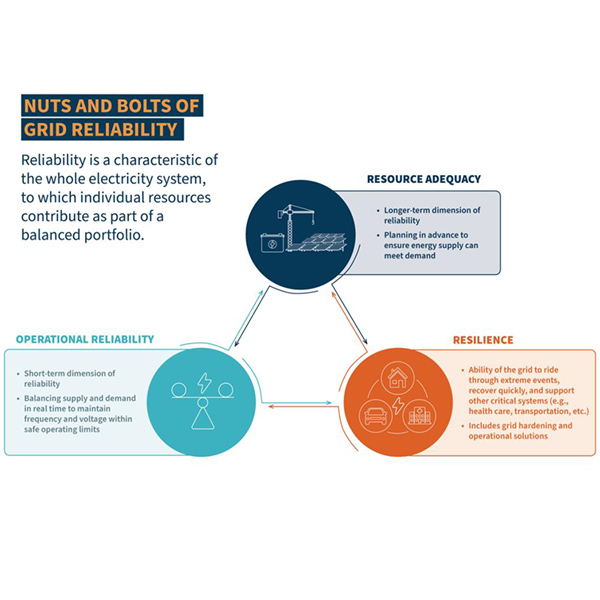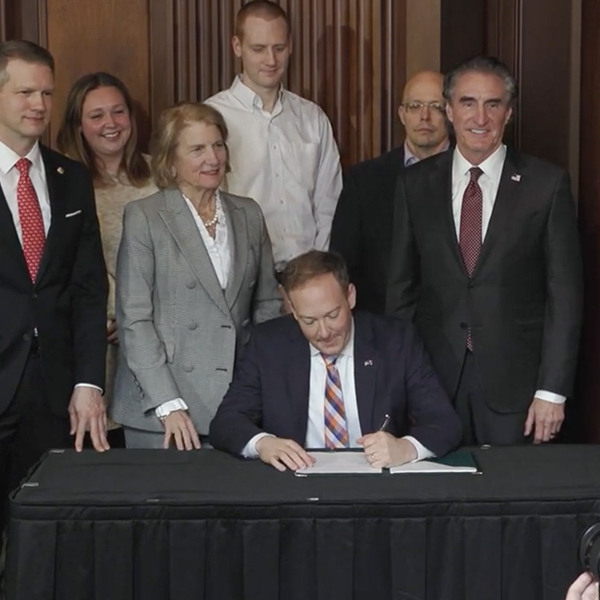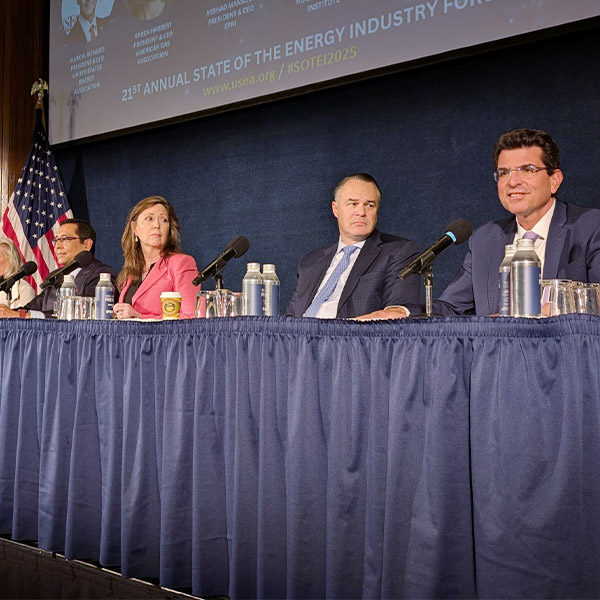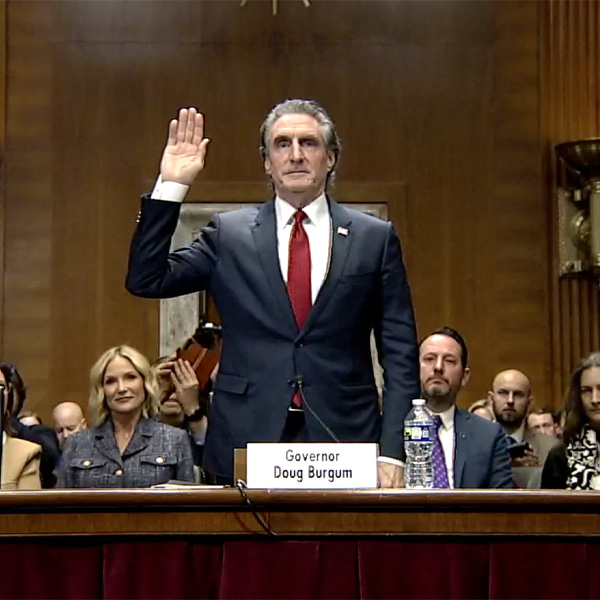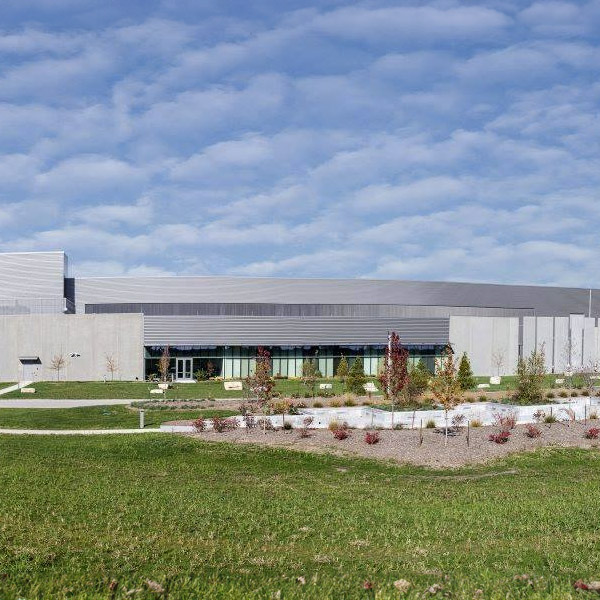Carbon Capture
All seven clean energy technologies evaluated for a new report might someday help New York reach its decarbonization goals, but each would require innovation and support to reach that potential.
Government job cuts have been a major theme of the Trump administration, and while DOE has faced some cuts former officials say are already significant, many more employees are going to leave in the months to come.
The CEC on approved revised guidelines for a reliability program after the state’s utility regulator said the effort could undermine certain benefits of a separate reliability program run by Pacific Gas and Electric.
The current debate in the U.S. electricity sector pitting efforts to increase renewables against the need for grid reliability in the face of growing demand could be unnecessary and counterproductive, according to one expert.
West Virginia is the fourth state to be granted primacy for permitting Class VI wells.
Puget Sound Energy and Modern Hydrogen have launched an initiative aimed at expanding hydrogen technology among large gas customers to meet decarbonization goals.
The Energy Association's 21st Annual State of the Energy Industry Forum reflected the quickly shifting landscape of national energy policy and the resulting shift in industry priorities and narratives.
The 2,600 GW of wind, solar and storage sitting in interconnection queues across the U.S. represent a major imbalance in energy resources that could lead to brownouts or blackouts, former North Dakota Gov. Doug Burgum (R) said during his Senate confirmation hearing.
The data center dilemma centers first on a familiar mismatch of timescales. Utilities and their regulators tend to plan based on the small, incremental demand growth. But development and the power demand it generates move at ever-increasing digital speed.
Entergy Louisiana confirmed a new, $10 billion Meta AI data center is the motive behind its recent filing to build three new gas plants at a combined 2.3 GW.
Want more? Advanced Search
